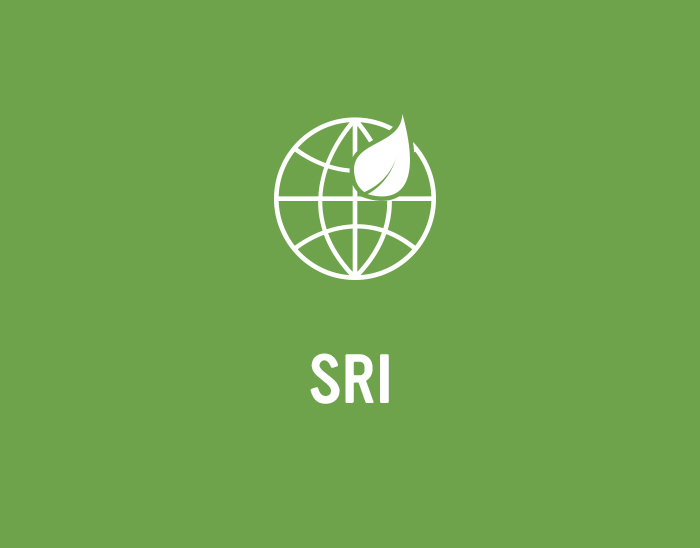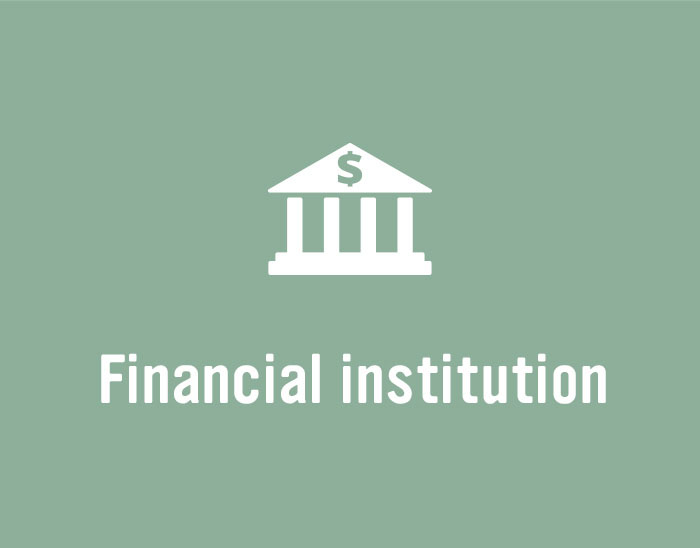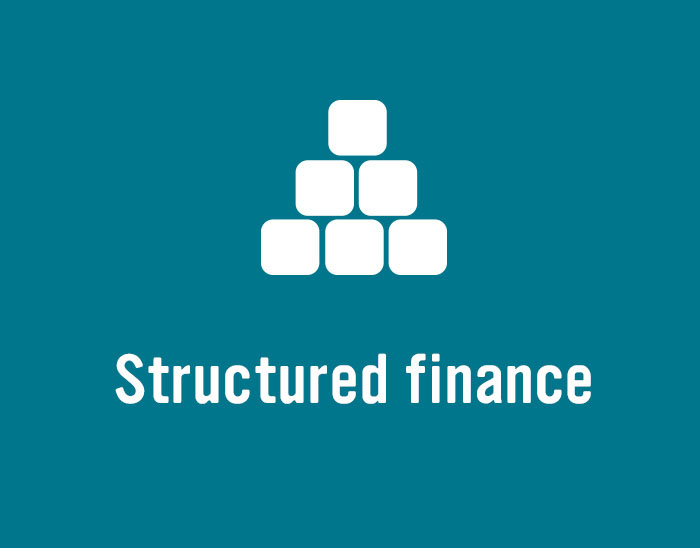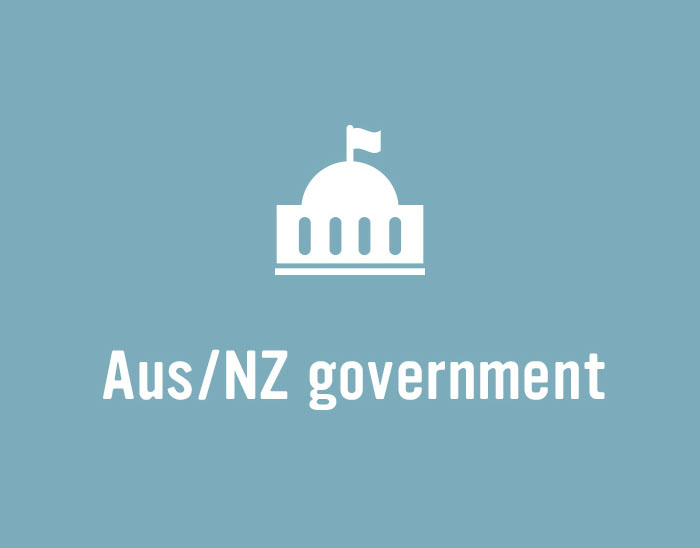
News

It has been a challenging two years for Australian government-sector issuers, from the spiralling funding needs and dislocated markets of the early days of the COVID-19 pandemic through choppy economic outcomes in 2020-21 and the growing spectre of inflation in global markets. Nonetheless, entering the new year these issuers say markets are conducive and their funding tasks manageable, while ever-increasing sophistication of sustainability-aligned issuance is helping maintain investor engagement.

New Zealand inflation reached its highest point in more than 30 years at the end of 2021 but wage growth has not taken off in a similar manner. Analysts believe wages will catch up but fear this will trigger a wage-price spiral, further fuelling inflationary pressures.

New Zealand is one of the first countries to re-enter a rate hiking cycle as the world slowly emerges from the pandemic, due to rising inflation and an increasingly tight labour market. Local high-grade issuers are used to being at the forefront of market changes – a leadership position they also hold in the sovereign-sector sustainability space – and say they remain confident on market conditions despite some challenges.

Securitisation activity continued in the last week of February with two more prints and a flurry of deals in the market. NWB Bank issued another SDG Housing bond - this time a Kangaroo - while Queensland Treasury Corporation priced a A$2 billion (US$1.4 billion) fixed-rate note via syndication.

Metlifecare New Zealand’s execution of the country’s first environmental, social and governance interest rate swap will further the development and encourage wider uptake of sustainable finance, according to deal sources. The transaction helps lower the cost of the interest rate hedge on Metlifecare’s recently completed sustainability-linked loan.




